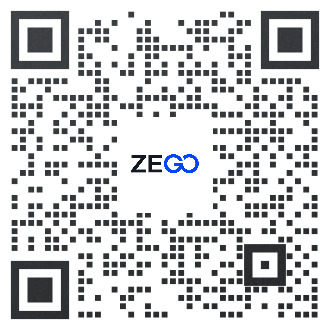What are the Alternatives After the Discontinuation of RoomKit Products and Their Related Solutions?
Products / Plugins:Call Kit
Platform / Framework:iOS / Android
Last updated:2024-06-13 14:24
Starting from May 31, 2024, the products RoomKit, have been discontinued from the official website. ZEGO offers the UIKits product, which is an audio and video SDK that includes standardized UI, helping you quickly implement scenarios such as small classes and large classes.
Introduction to the UIKits Product
UIKits is an audio and video SDK that integrates RTC, ZIM, AI beauty, and other basic products based on scenario-based best practices, providing standardized UI to help developers easily build interactive scenes such as calls, live broadcasts, and voice chats with less than ten lines of code. It aids in the rapid launch of products. For more details, please refer to UIKits.
Product Features:
- Diversified Application Definition
- 5+ SDKs with UI scenarios, including audio and video calls, interactive live broadcasts, voice chat rooms, etc.
- 50+ UI components, support for custom configuration, and advanced capabilities such as beauty filters.
- 7+ platforms and frameworks, including Android, iOS, Web, uni-app, Flutter, etc.
- Convenient Integration and Access
- Quick to get started, reducing the learning threshold.
- Ready to use, build applications with less than 10 lines of code.
- Fully open source, with UI components and business code fully open source.
Differences Between UIKit and Basic SDKs
| Category | UIKit | Basic SDK |
|---|---|---|
Definition |
SDK with UI for general scenarios such as calls, voice chats, and live broadcasting. |
Core products and extended services without UI, including real-time audio and video, instant messaging, and beauty filters. |
Advantage |
A more relaxed and convenient low-cost option. |
A high-level customization option with more capability support. |
Supporting Capabilities |
|
|

